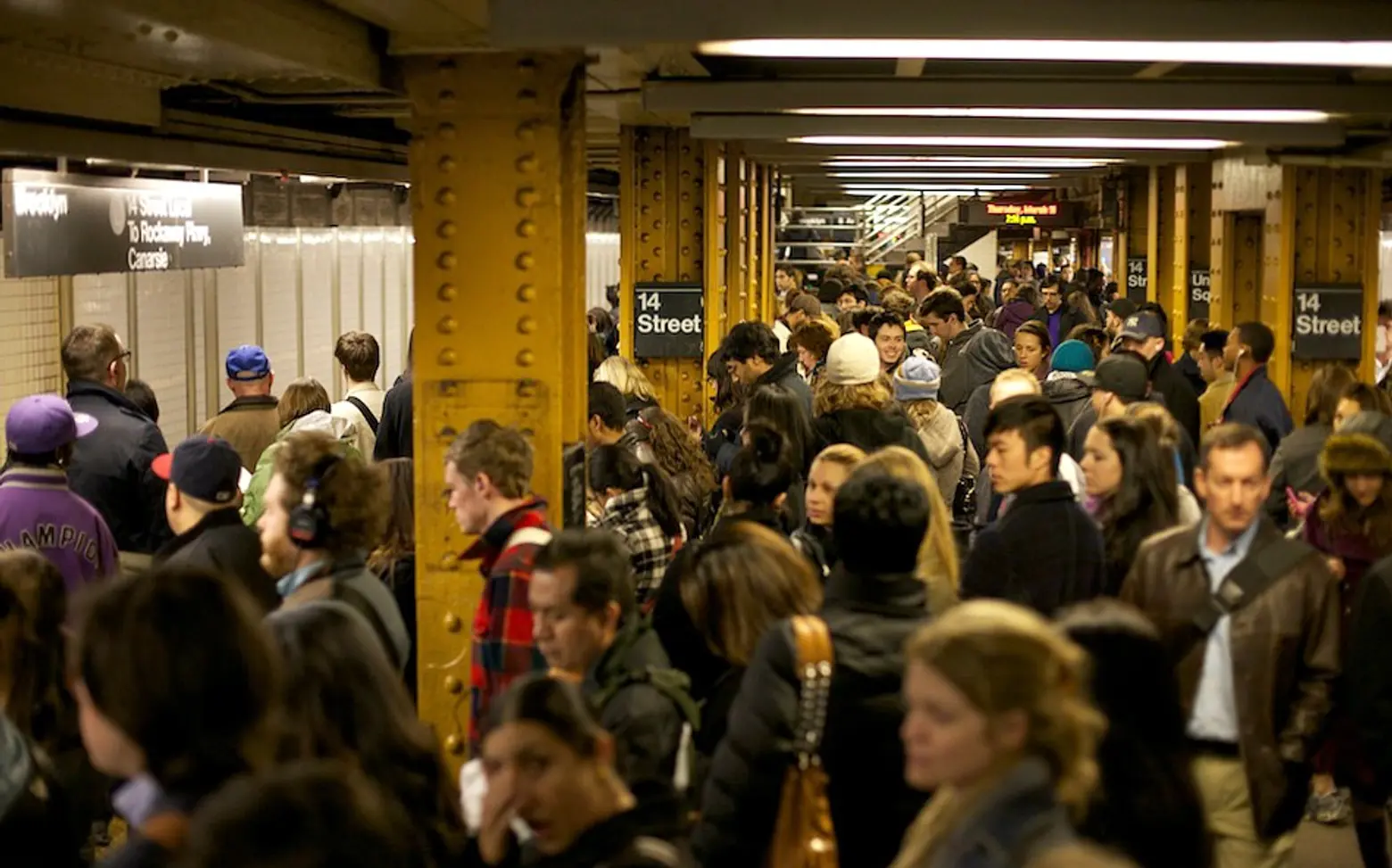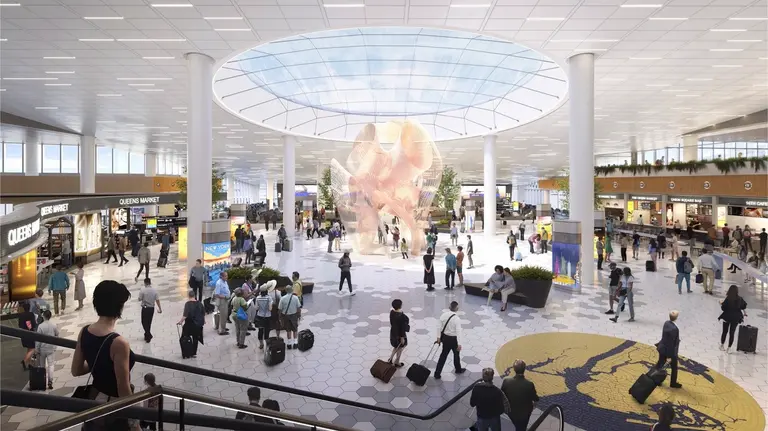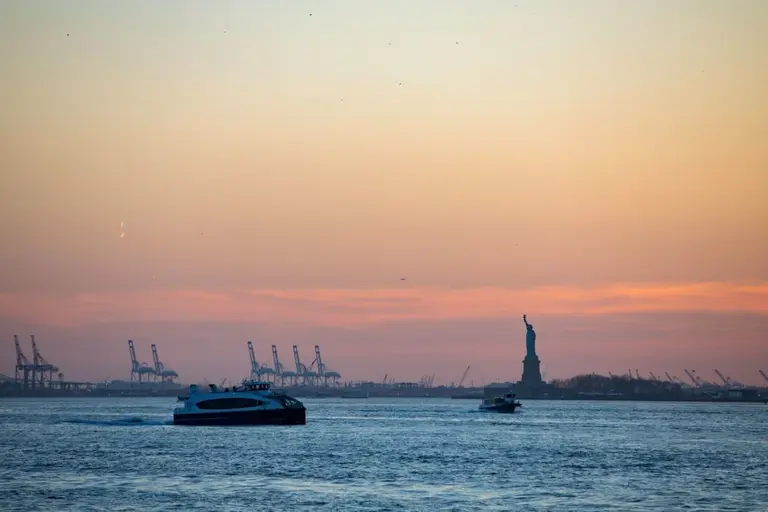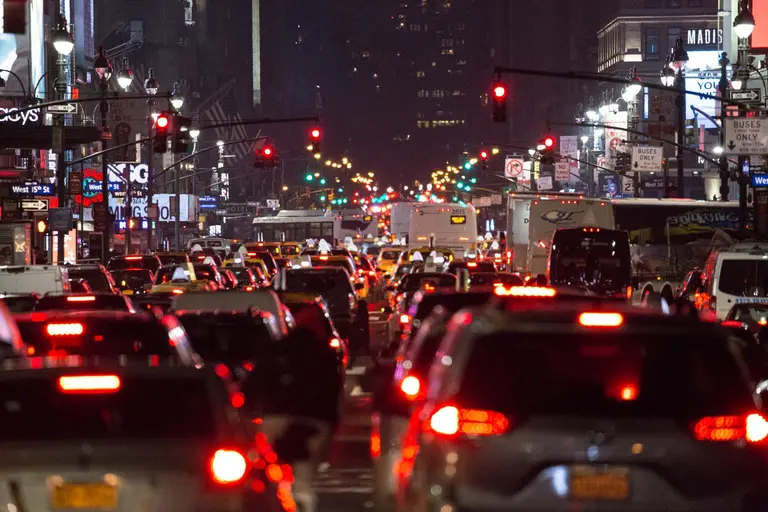MTA board members admit subway service is terrible

On Monday, numbers released by the MTA served to confirm something we’ve all known for quite some time now: NYC subway service sucks. More than 60,000 delays plagued weekday service in November 2016, an increase of nearly 10,000 delays over the previous November. The less than favorable figures are a major sore spot for the agency, which is hoping to approve a 25 cent fare hike this week that would bring the cost of a single swipe to $3.
As NY1 writes, “Trains are breaking down more frequently, riders are waiting longer for trains and on-time performance is slipping. … [and] some of the agency’s own board members said not enough is being done to reduce the delays.”
“Service as a whole ranges in the view of the ridership as somewhere between ‘poor’ and ‘fugeddaboutit,'” said Charles Moerdler, who serves on the MTA’s Audit, Finance, Safety, LIRR, Metro-North, and New York City Transit & Bus boards, NY1 shares.
“When I look at the 5 line, on-time performance is at 37 percent now and we started up in the 80s and 90s in 2013,” said Ellyn Shannon, with the Citizens Advisory Committee to the MTA.
“We’re left without any hint as to what is being done to correct or minimize or refocus [the delays],” Moerdler added. “I don’t want details; I want answers … Any fool can tell you this is a problem.”

Much of the service woes stem from growing ridership, which as 6sqft previously reported, is hitting highs not seen since the 1940s. Currently, 5.7 million commuters board trains daily, and more than 1.76 billion annually.
Moreover, lags are being worsened by trains breaking down more often. As AM NY wrote yesterday, “subway cars are designed to be in operation for 40 years, but some 735 cars have surpassed that benchmark. … The two oldest models, known as the R32 and R42, also break down much more frequently than their younger counterparts. Consider that the R32 fleet broke down once every 32,327 miles over the past twelve months of available data. The fleet-wide average during that time frame was 113,179 miles.”
As far as remedies go, the MTA hopes to replace 300 old cars with new models by July 2018 (they were supposed to be rolled out this year). They further defend that their plan to add new signals will improve service and allow for more trains to run each hour. However, as 6sqft wrote back in 2014, the MTA expects that process to take at least 20 years.
Currently, 11 of the city’s 12 lines still rely on 24-hour underground “towers” where live dispatchers monitor train locations and movement using light boards and two-way radio reports—“cutting-edge technology at the same time as the Hindenburg airship,” it’s been described. The only train to date using computerized signals is the L train. The 7 is next in line to get the update this year.
Aptly, board member Andrew Albert said, “With the coming fare hike, we really need to be able to tell our riders what’s being done to speed their trips.”
[Via NY1]
RELATED:
Interested in similar content?
Leave a reply
Your email address will not be published.



























Pathetic and incompetent describes the MTA. Take a note from countries like Japan, S. Korea and Singapore on how to adequately manage subway systems. The fares go up while quality goes down. It is the worst!
Real time train updates would be a good start. For now, only some lines have it. With real time updates, riders can at least make decisions.
For example, if I knew the Q/B were down, I would’ve taken the F or even N instead of waiting for the B.
They (AFAIK) have this for all buses, which is awesome.
They also need to eliminate some bus stops. Too damn many over a short distance. This makes bus commmute unbearably slow.